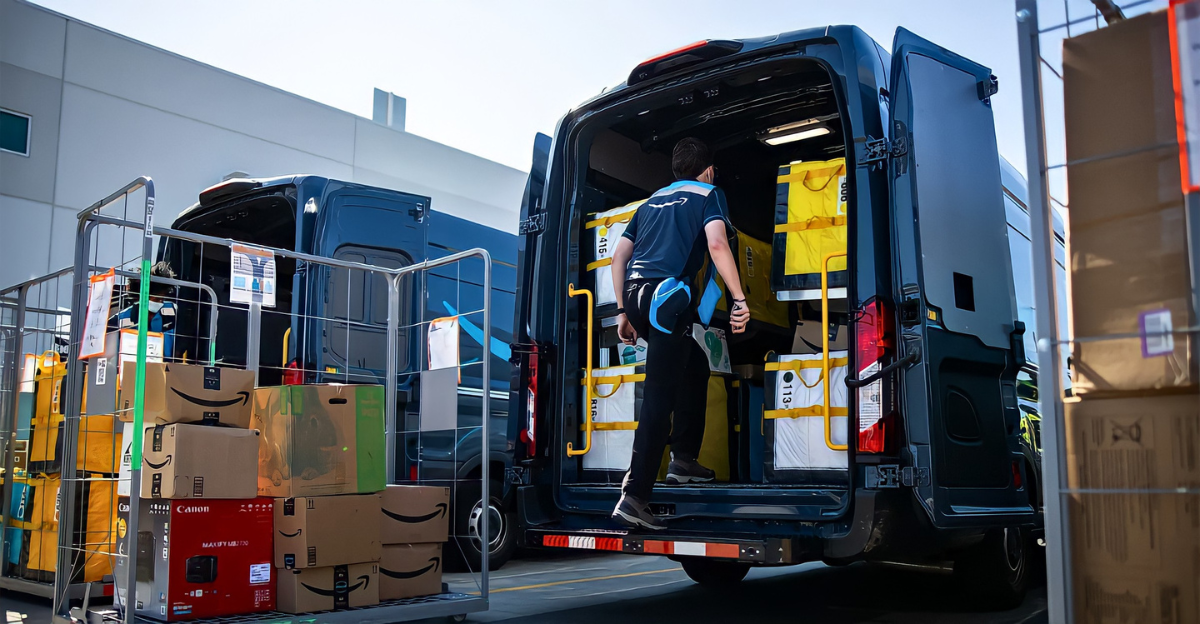
If you shop on Amazon, you might’ve already noticed prices creeping up on some everyday items. Items like canned soup, protein shakes, and deodorant bundles were all suddenly more expensive than they were just a week before. A Wall Street Journal analysis using Traject Data confirmed that Amazon raised prices by an average of 5.2% on around 1,200 essential goods since February. This happened even as national inflation was cooling, raising new questions about what’s really driving these increases.
1,200 Items Affected

Roughly 1,200 everyday products, ranging from cat litter to USB-C cables—have seen noticeable price hikes on Amazon since spring, according to Traject Data. What makes this even more striking is that Walmart dropped prices on many of the same items by nearly 2% over the same time. What started as a few markups is now a sweeping trend that’s pushing shoppers to ask: what’s really going on?
Tariff Fuse
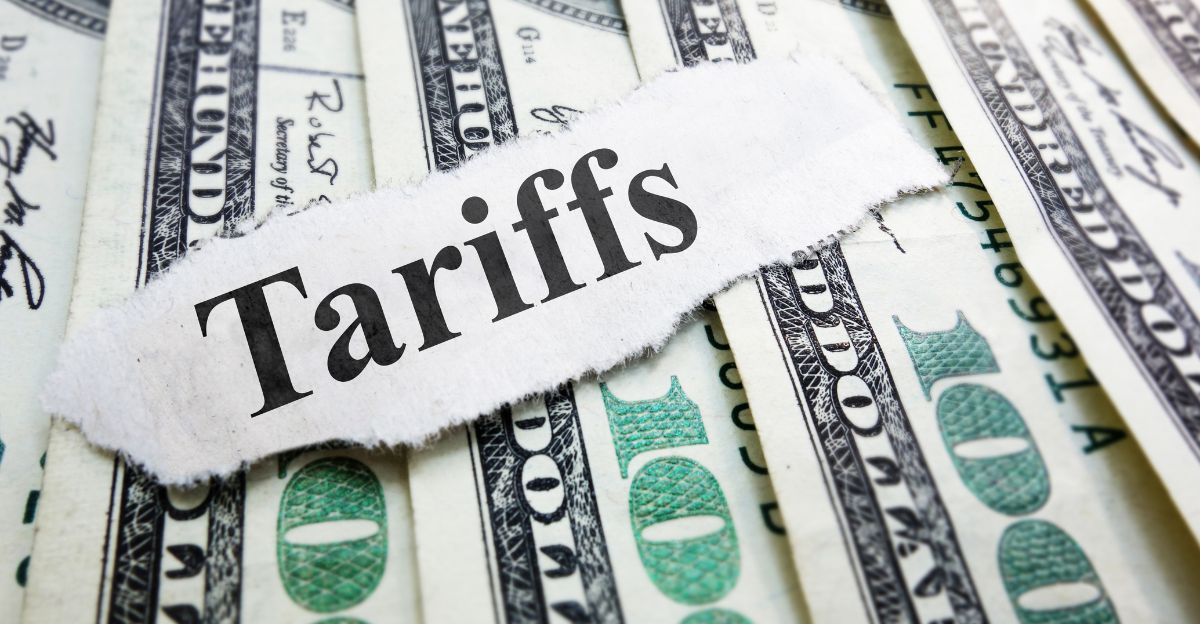
The main trigger behind the price hikes was the Trump’s administration’s 145% cumulative tariff on many Chinese imports, introduced in February. Independent analysis found that Amazon’s prices for China-made goods rose by a median 2.6% between January and mid-June, with the sharpest increases seen in low-cost, bulky products, items especially vulnerable to the added strain of shipping and tariff costs.
A Promise That Didn’t Hold
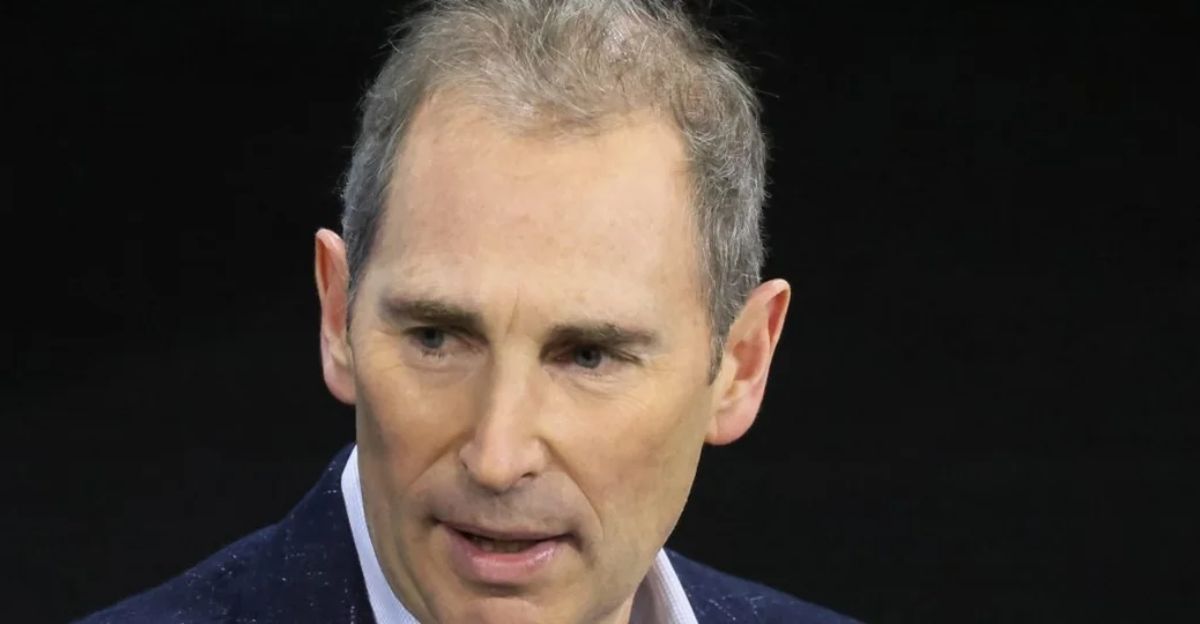
On April 24, Amazon pledged to “hold the line” on prices despite growing trade tensions. CEO Andy Jassy called it a “maniacal focus” during the May earnings call. But by midsummer, the numbers told a different story. A steady wave of price hikes across essential items painted a clear picture: the pledge didn’t hold up under the pressure of real-world costs.
One Basket, 136% More
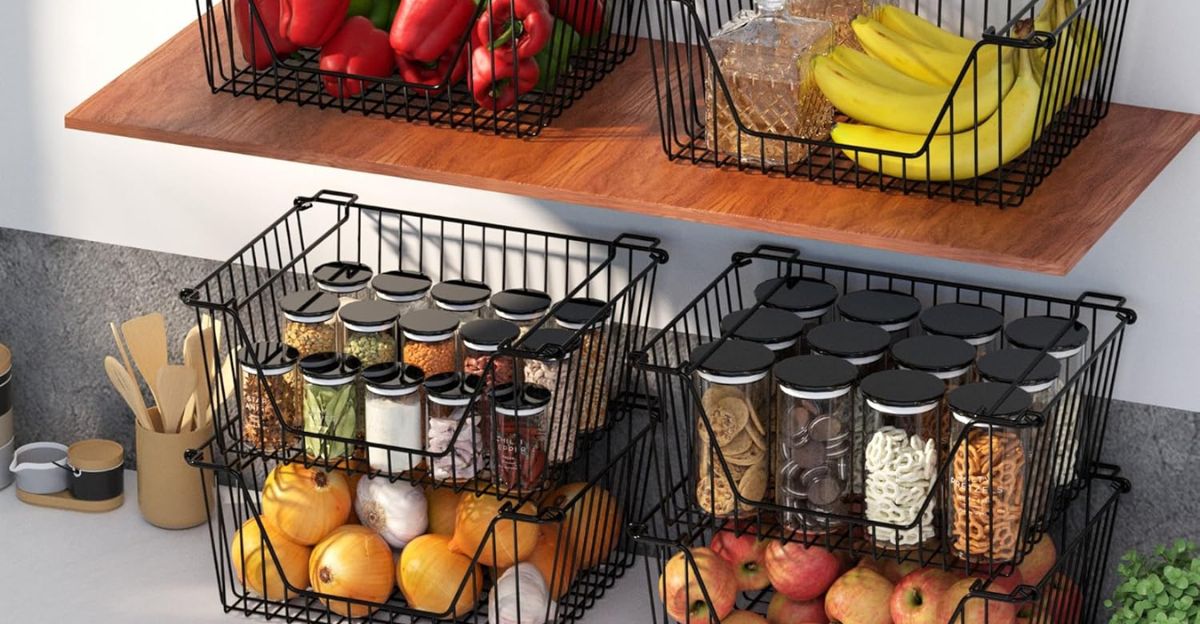
Take Dayglow’s stackable metal basket. It sold for $9.31 in February. By late April, it was listed at $19.99, a 136% increase. The Wall Street Journal, using data from Traject, confirmed this spike. That single basket became a symbol of the broader shift happening across Amazon’s platform, where sharp markups were unfolding quietly despite public promises to keep costs steady.
Price Hikes Outpace Inflation
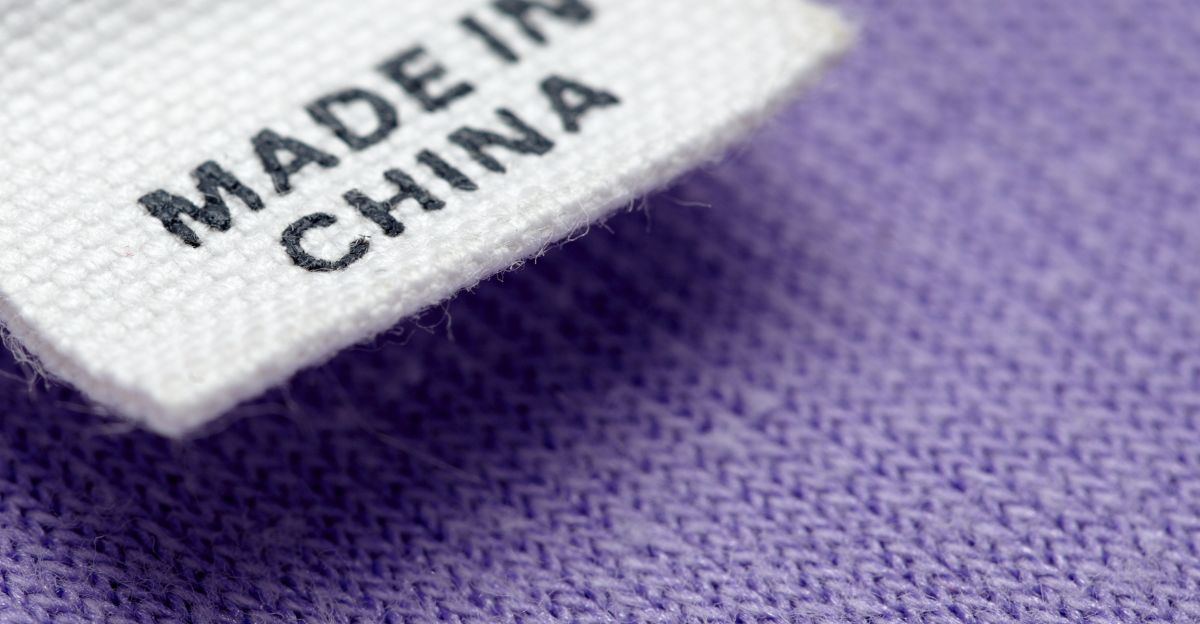
A study by DataWeave, reported by Reuters and BNN Bloomberg, found prices on over 1,400 China-made items sold on Amazon rose a median 2.6% from January to mid-June 2025. That’s faster than the national inflation rate. Home goods and furniture saw even steeper jumps, up 3.5%, while electronics rose 3.1%. For many households, the impact of these increases is adding up fast.
A Single Upload’ Changed Everything
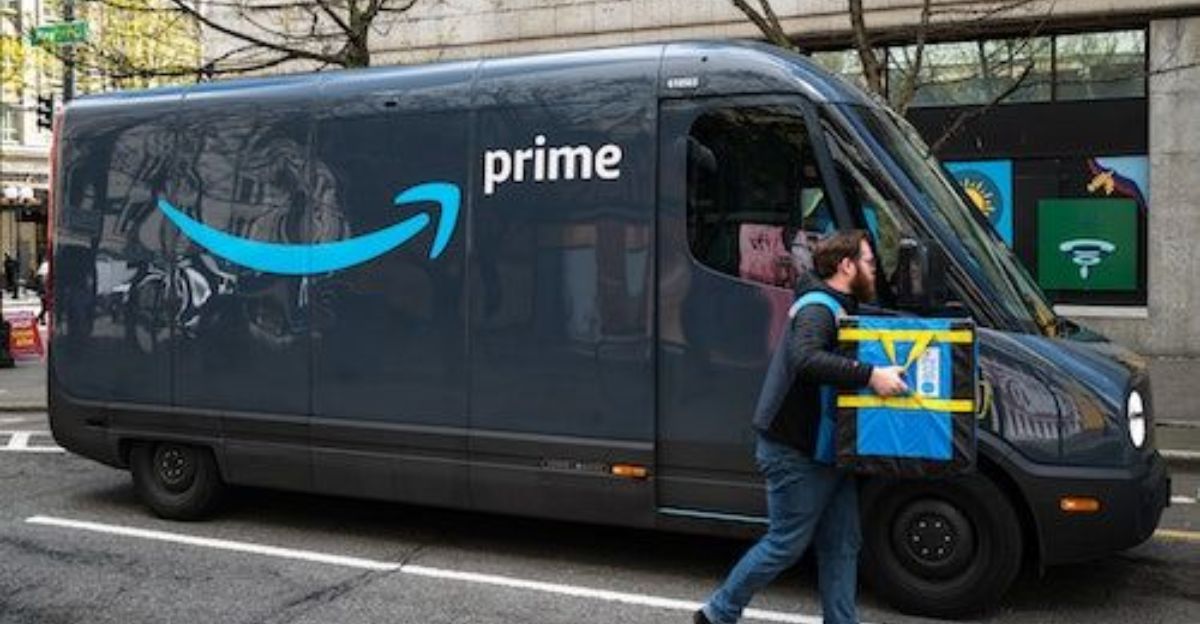
Nick Morrisroe, CEO of Dayglow, said he kept wholesale prices stable for his metal baskets, even as steel and shipping costs climbed. Despite this, Amazon more than doubled the retail price. “We lost the value equation with customers in a single upload,” Morrisroe told Hindustan Times. His story highlights how third-party sellers can’t always control how their products are priced online.
Rivals Take a Different Route
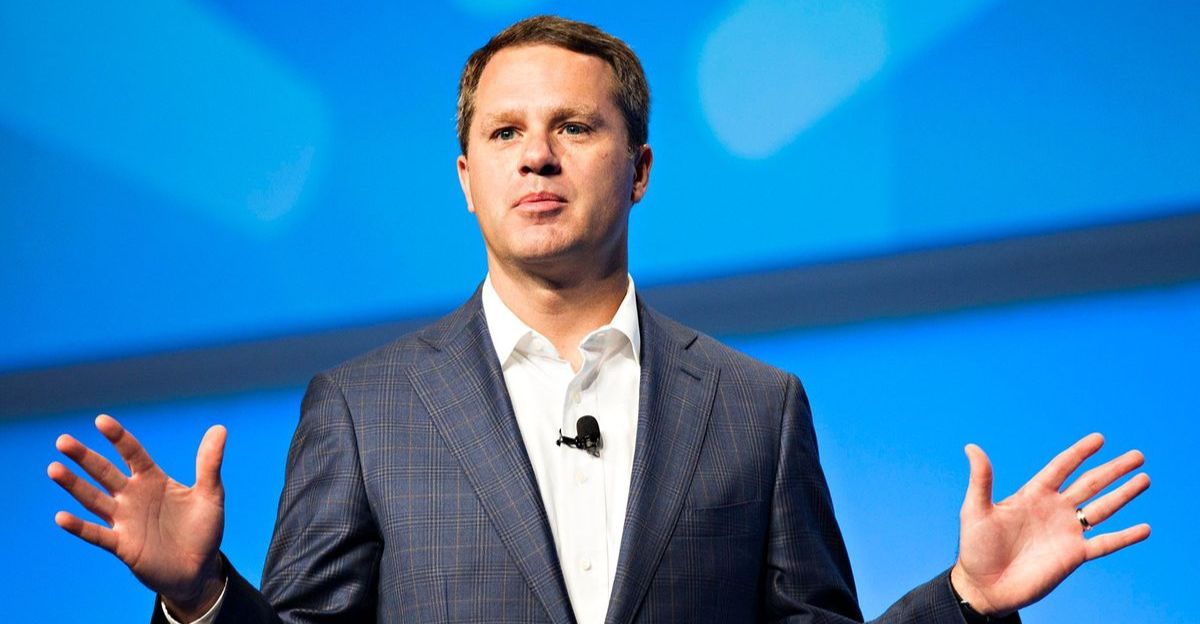
While Amazon raised prices, Walmart moved in the opposite direction. CEO Doug McMillon confirmed that the retailer cut prices on 7,200 products, including basics like bread and rotisserie chicken. Meanwhile, Target announced it will stop price matching with Amazon and Walmart starting July 28. Other players like Best Buy and Costco took hybrid approaches; raising select prices or doubling down on membership value. Together, these moves revealed a retail industry in rapid, adaptive motion.
Tariffs Outpacing Inflation
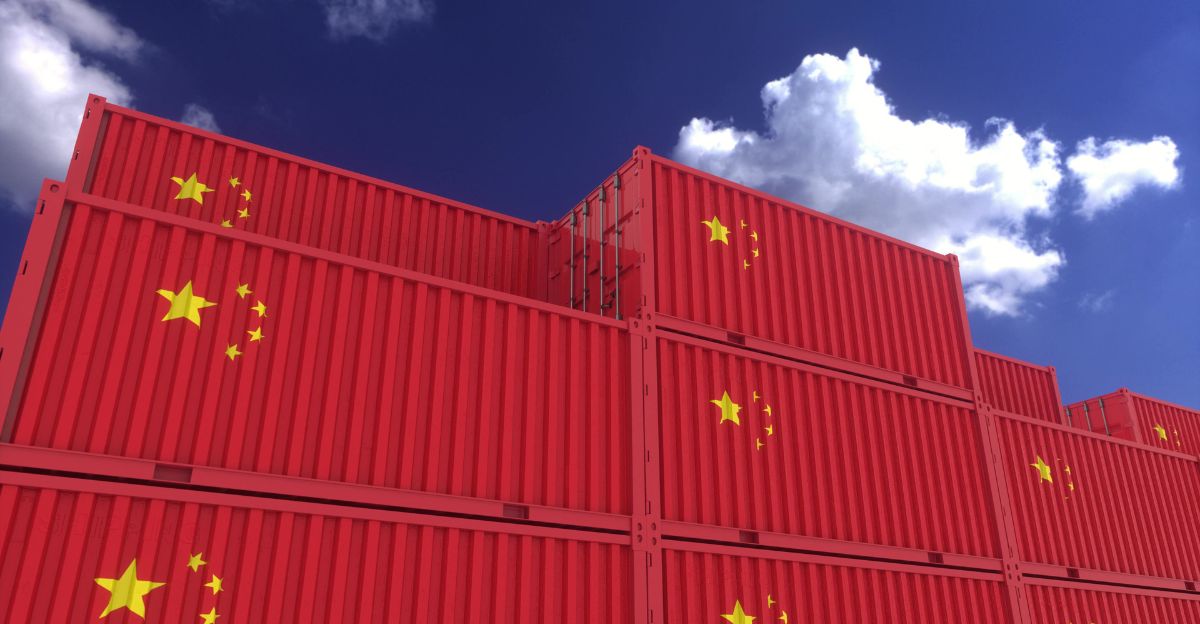
Amazon’s prices for China-made goods rose 2.6% from January to mid-June, outpacing the 1% increase in the core goods Consumer Price Index through May, according to DataWeave analysis for Reuters. The finding shows how tariffs are quietly driving up consumer costs—even when national inflation trends suggest relief. It’s another sign that Amazon isn’t immune to broader economic shifts squeezing American households.
Sellers Feel the Pinch
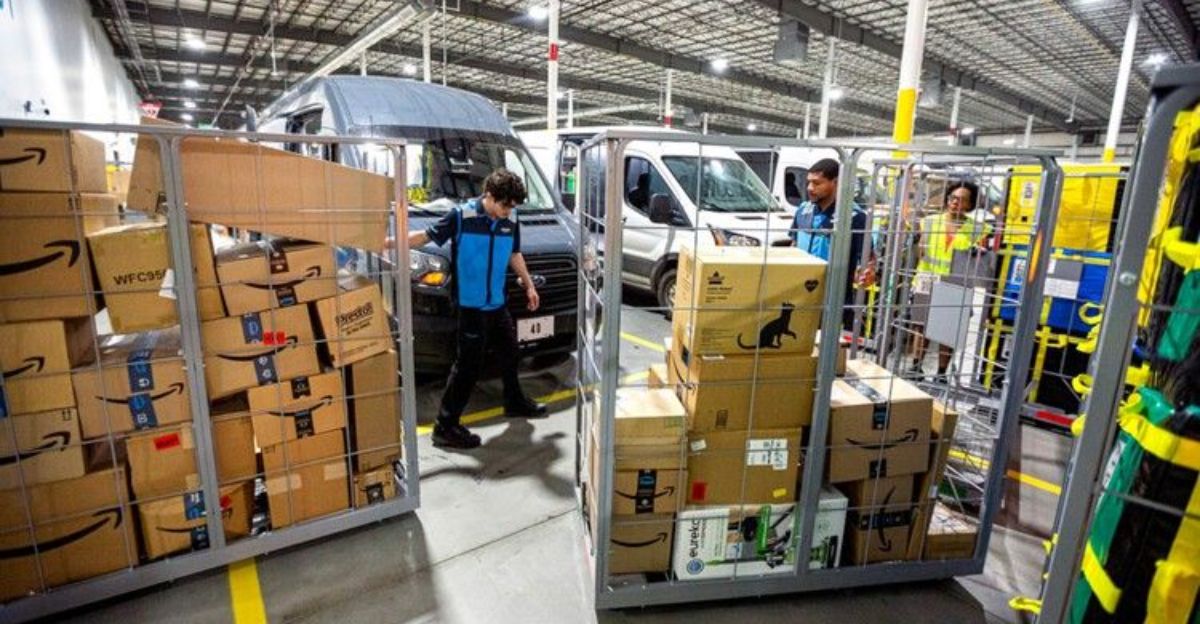
Third-party merchants are under mounting pressure. SmartScout found 882 products on Amazon reached record highs, averaging a 29% increase since April. A quarter of those hikes came from China-based sellers. To ease strain, Amazon adjusted its Buy Box rules, allowing top sellers to raise prices by up to 25% without penalty. The move signals recognition that many vendors can no longer absorb rising costs.
Brands Seek Stability
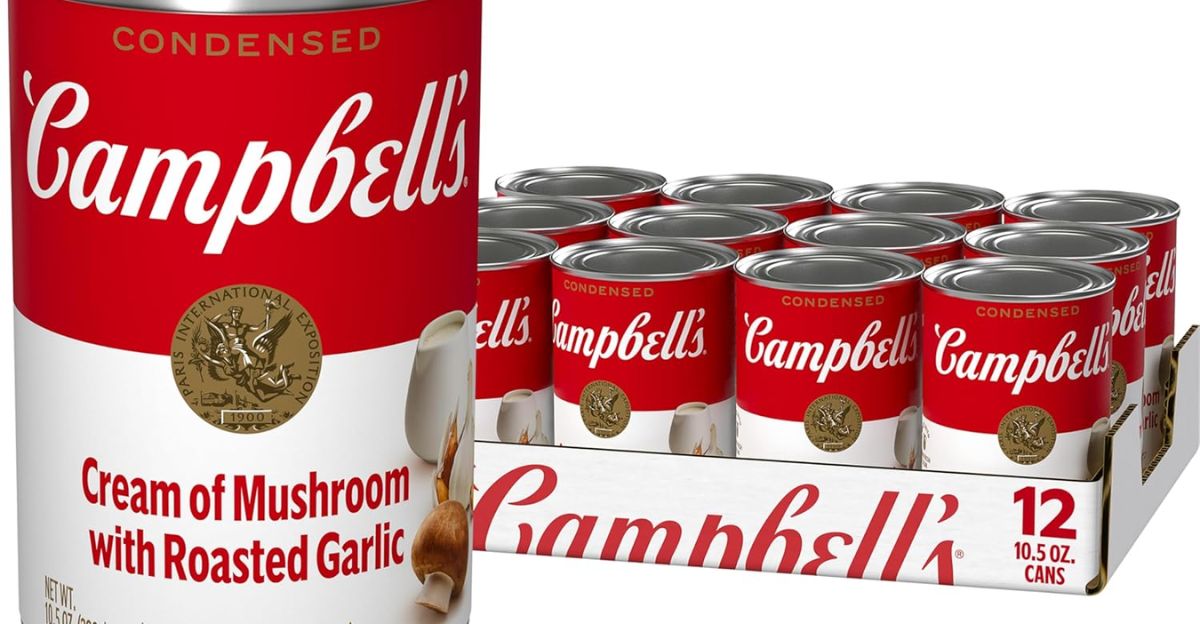
The impact of tariffs and shipping costs is especially hard on everyday items. Campbell’s soup, for example, rose from $1.98 to $2.58 on Amazon, a 30% jump, despite stable wholesale prices, Gurufocus reports. The squeeze is prompting some brands to reroute inventory to physical stores or explore new retailers. It’s a clear sign that pricing on major platforms is becoming harder for suppliers to control.
Trimming to Invest

Amazon retail chief Doug Herrington encouraged staff to cut internal costs while still investing in long-term growth, according to Business Insider. Warehouse automation, targeted layoffs, and AI-driven logistics are already helping reduce operating expenses. But even with these changes, Herrington stressed that every dollar counts—a warning that Amazon’s pricing strategy may continue shifting as it balances savings with scale.
Quiet Policy Shifts
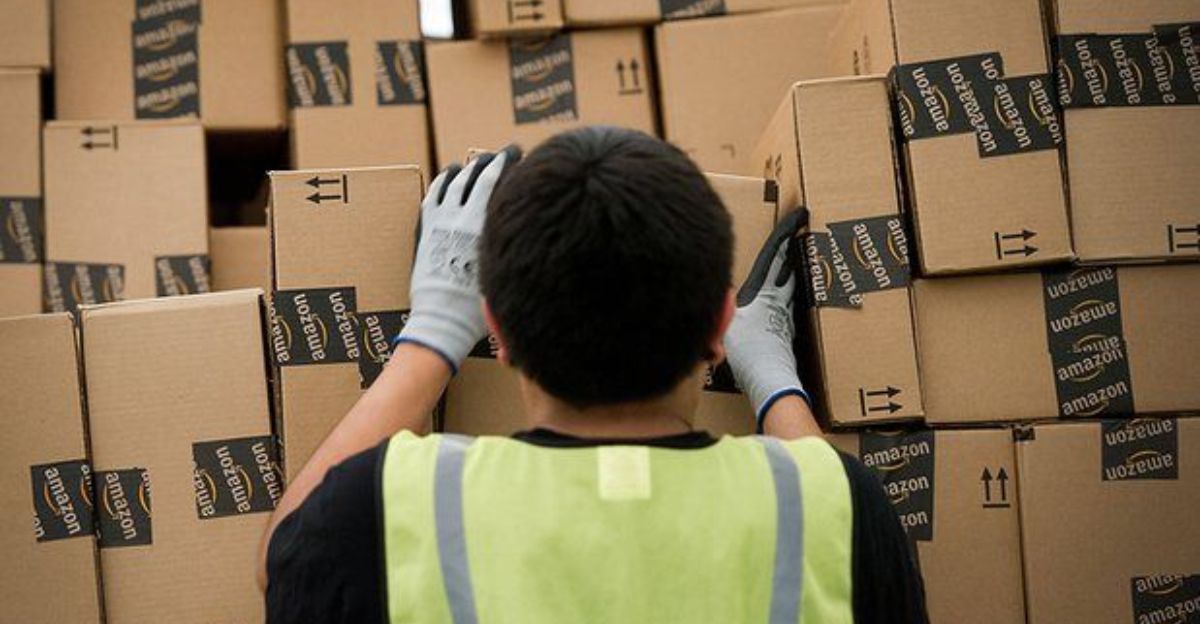
In April, Amazon tweaked key seller policies to offer some relief. According to Carbon6, the company eased restock limits and softened penalties for rapid price increases. These changes aim to keep products moving and give sellers breathing room amid tariff pressures. Still, experts caution that if trade policy tightens further, the current flexibility could disappear just as quickly as it arrived.
Storm Clouds Ahead
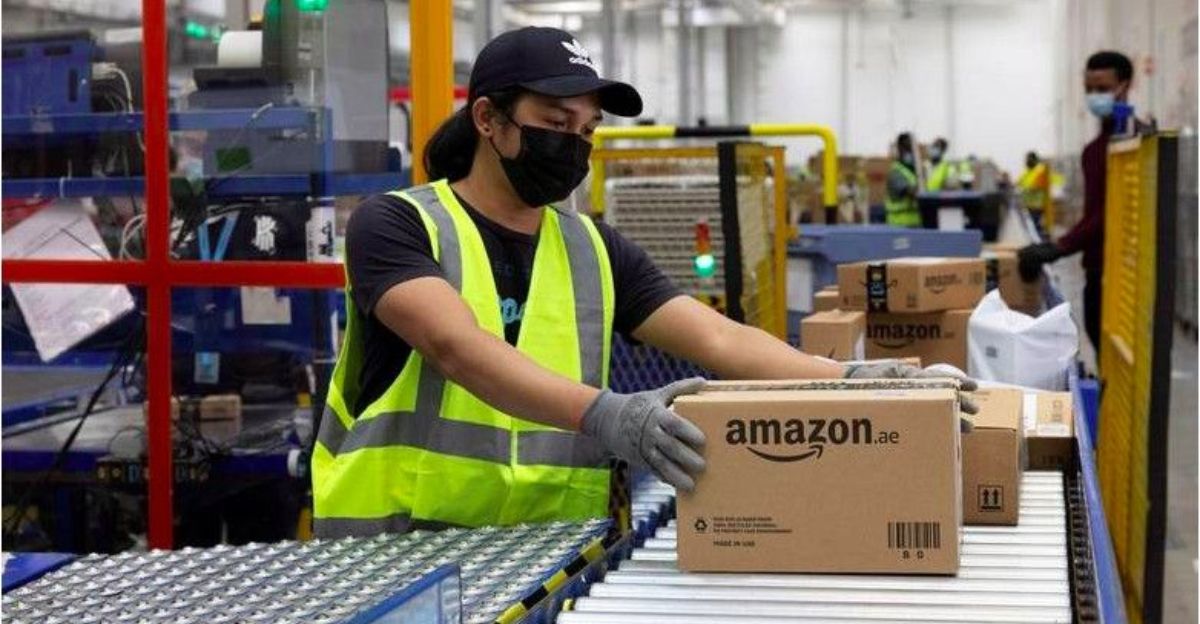
Rising costs continue to challenge sellers. Analysts at Momentum Commerce say many brands will need sharp price increases just to stay afloat. Even promotional events like Prime Day are affected, with steeper input costs complicating discount strategies. Market analyst Andrew Waber warns that price hikes layered with temporary deals could make real savings harder to find, leaving shoppers confused and skeptical.
Where Will Shoppers Go?
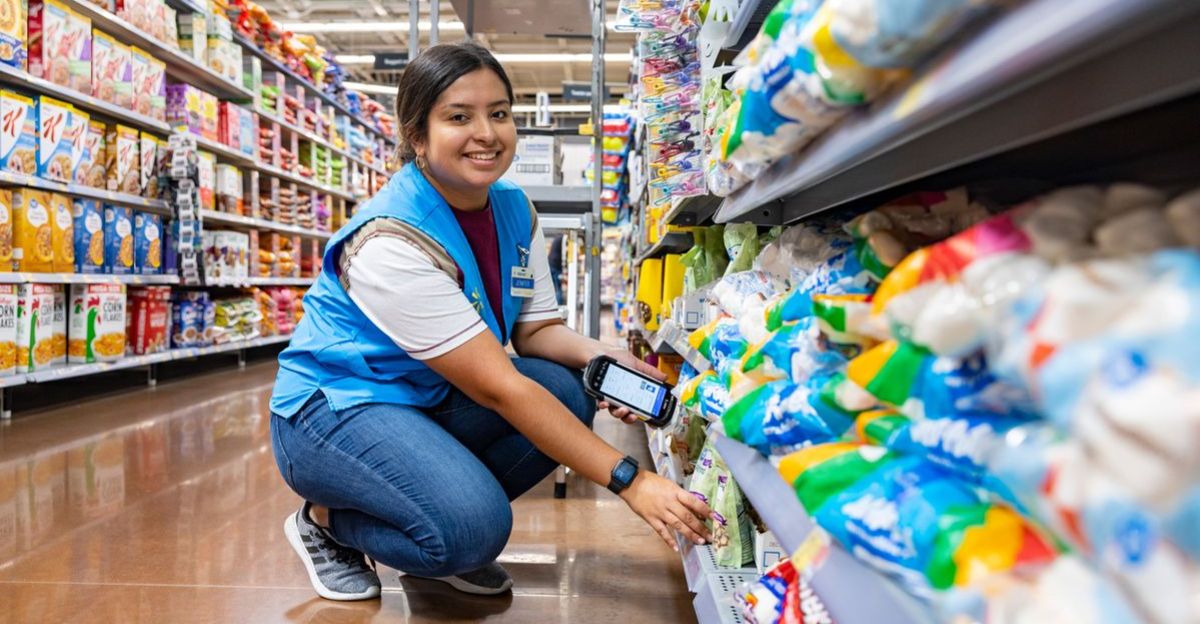
Amazon has now raised prices on more than 1,200 everyday essentials. Walmart continues to cut prices on key items, and Target will drop price matching altogether on July 28. As holiday shopping ramps up, consumers will face a real choice: stick with Amazon’s convenience or shift loyalty to retailers offering better deals. Will shoppers adapt, or start walking with their wallets?